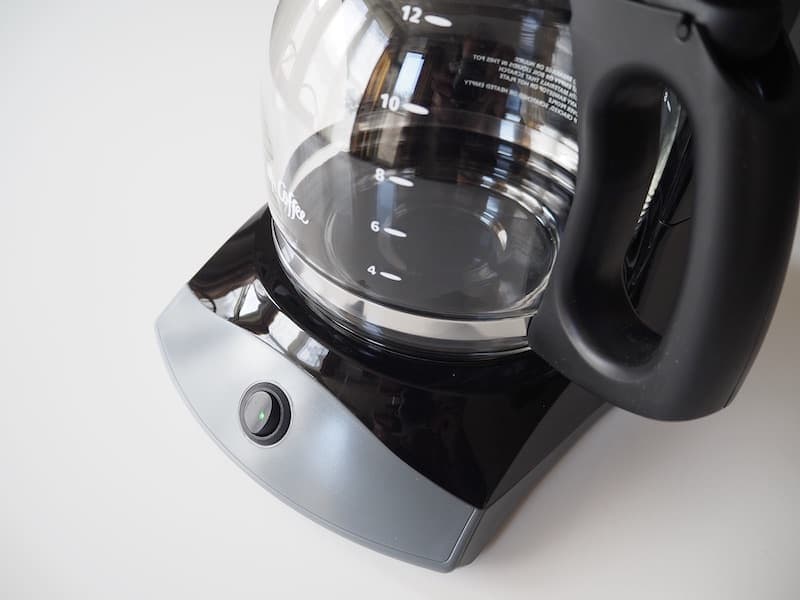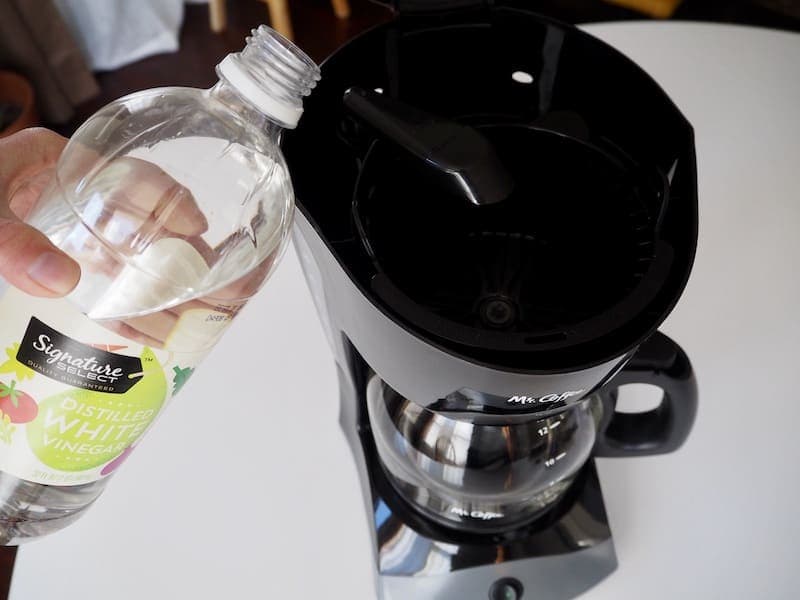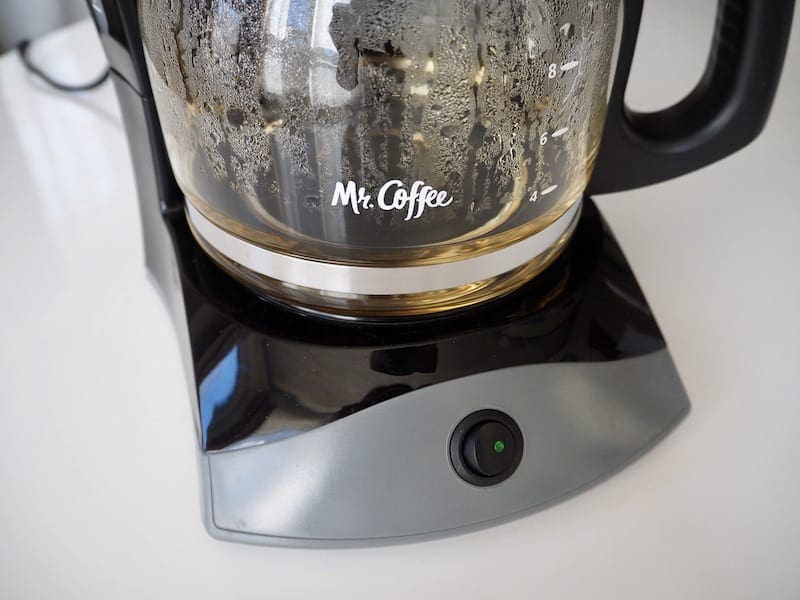
One common way to clean a coffee maker is with vinegar, but that isn’t the only way. If you don’t have vinegar on hand or if you’re worried about lingering flavor, you might want to know how to clean a coffee maker without vinegar. In this article, we’ll teach you several alternative ways to clean your coffee machine without vinegar using common ingredients most people have.

Why is Vinegar a Good Cleaner?

Before we talk about alternatives to vinegar, we should discuss what makes vinegar a good cleaner in the first place. Vinegar is mainly comprised of water and acetic acid, with insignificant amounts of other chemicals. Acetic acid is a weak acid, chemically speaking, but it’s strong enough to break down residue on surfaces and kill mold and bacteria. Since vinegar is primarily acetic acid, it is useful as a household cleaner.
Another advantage of using vinegar is its widespread availability. Most people have vinegar in their closets, making it a great option when they need a cleaner.
Despite these pros, using vinegar to clean your coffee machine comes with a major con. Vinegar has a pungent smell and taste and can be exceptionally difficult to remove after you finish cleaning your machine. It can take many rinse cycles before your coffee stops tasting like vinegar. What’s more, if you don’t get all of the vinegar out of your machine, it could upset your stomach due to its relatively high acidity.
Top 3 Ways to Clean a Coffee Maker Without Vinegar:
1. Lemon Juice

Following vinegar’s acidic lead, lemon juice is another common household acid that can make a good impromptu cleaner. You can substitute lemon juice for vinegar in any instructions for cleaning a coffee maker. Our favorite method is as follows.
- Create a 1:1 solution of lemon juice and water. You can go stronger, but it’s not necessary.
- Run the lemon juice mixture through your coffee machine as if you were making coffee, just without the grounds.
- We recommend at least 3-5 rinse cycles with plain water before using your machine for coffee again. You can taste the water after each brew cycle to test for lingering lemon taste and stop whenever you can no longer detect it.
A significant advantage of lemon juice over vinegar is any lingering flavor won’t be as potent. Vinegar has no place in coffee, so even small amounts can radically alter the flavor and render your cup undrinkable. While lemon isn’t something we’d willingly add to our coffee, a slight lemony taste will not instantly ruin the coffee.
2. Baking Soda

Another popular kitchen ingredient you can use instead of vinegar is baking soda. Much like lemon juice, a baking soda solution is easier to rinse out of your coffee maker than vinegar.
- Mix one cup of water with a quarter cup of baking soda.
- Run the solution through your coffee maker.
- Rinse with water by running 3-5 brew cycles without coffee.
We find baking soda to be less effective than lemon juice or vinegar, but only slightly. An advantage of baking soda over vinegar is most people have plenty of baking soda on hand and can spare a quarter of a cup for cleaning. Lemon juice is difficult to extract from a lemon, and unless you have squeezed lemon juice around, you’re out of luck.
3. Cleaning the Carafe

It’s easy to focus on the machine itself and forget about the carafe, but that would be a mistake. Even if you clean your carafe with soap and water after each use, it can still build up coffee and oil residue over time. If you live in an area with hard water, you might also notice scale deposits on your carafe that are hard to remove with just soap and water.
An easy way to remove any coffee residue or scale stains from your carafe is with a mixture of salt and ice.
- Mix salt and crushed ice in your carafe; how much doesn’t matter.
- Take a sponge or cloth and scrub the interior of the carafe. The ice and saltwater mixture’s rough consistency will help break up any deposits and leave your carafe squeaky clean.
- Clean the carafe as you normally would with soap and water.

Conclusion
Taking care of your coffee maker is everyone’s least favorite part of drinking coffee. Unfortunately, it’s essential if you want to make delicious coffee consistently and avoid replacing your machine every few years. Vinegar is an effective and cheap cleaner that you can use to clean your machine, but its strong flavor makes it difficult to rinse out of your machine fully. So how can you clean a coffee maker without vinegar?
Instead of vinegar, try lemon juice or baking soda. Both have similar cleaning qualities to vinegar without the pungent smell and taste. Don’t forget to clean your carafe too. A simple mixture of salt and crushed ice makes an effective scrub for removing coffee and scale buildup.
RELATED READS:















